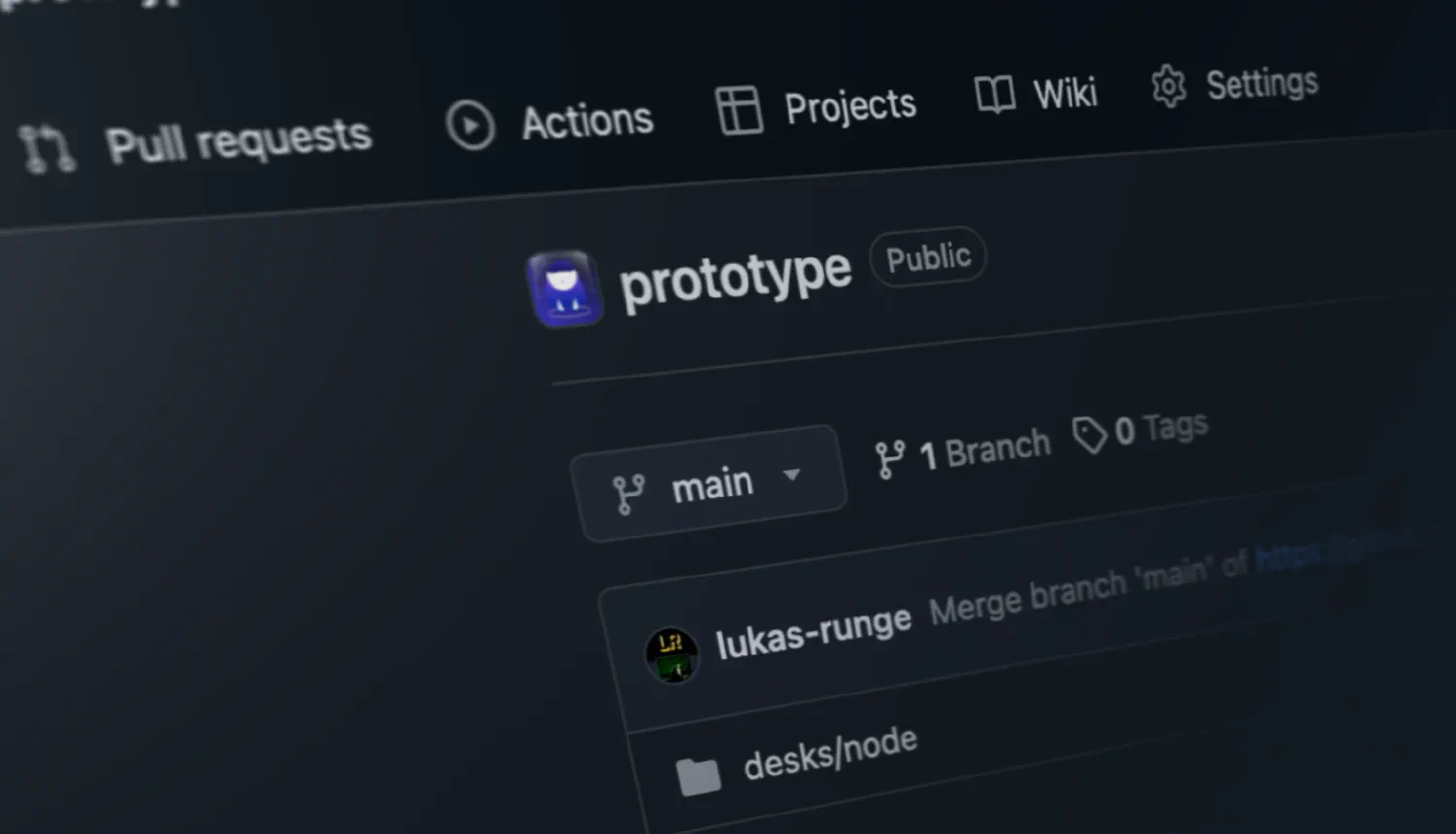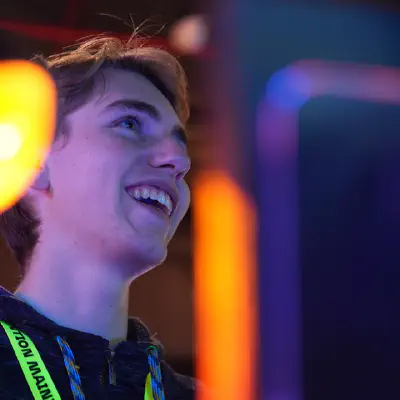First E2E Prototype 🎉


Hannes Rüger
Today, we’re proud to announce the first working end-to-end prototype! In just two days, we were able to build a fully functional prototype with just an ESP32 Dev Board to showcase how easy it is to implement SHIFTY. You can find everything on GitHub in the oshifty/prototype repository.
💡 The Idea
We wanted to test using an end-to-end prototype, so we needed to build a control desk and a fixture. For the fixture, we used an ESP32 C6 Dev Board since it already has a built-in RGB LED — that would be our fixture. Because that board doesn’t have onboard Ethernet, we decided to use Wi-Fi 📶 and were surprised at how usable it was.
The desk was built in software using a Node.js / TypeScript / SvelteKit stack. Using a shared protobuf file, we were able to implement the protocol with type safety on both ends easily.
🔄 Connection & Data Flow
The desk discovers SHIFTY-compatible fixtures on the network using DNS Service Discovery (mDNS). Once found, it shows them in the UI with a Connect button. Once clicked, it opens a TCP socket to the fixture and starts speaking the protobuf protocol. After an initial handshake, the desk requests:
- Information about the device (manufacturer, mode, version, …)
- The fixture definition (emitters, their attributes, value ranges, …)
- The current attribute values
Using this data, the desk can now render a UI to control the fixture. It sends the new values to the fixture, which then updates its physical state accordingly. Seeing the fixture respond instantly to our commands was really exciting! ⚡
🚀 Next Steps
Although the initial end-to-end prototype is working, there’s still a lot of things to do. We need to implement and test many features, like instructions: To avoid having to send frequent updates for a value transition (e.g., a color fade), the desk can send an instruction to the fixture to perform the transition itself. This needs only one message, and the values can all be computed locally on the fixture instead of sending a lot of messages over the network.
We’re excited about these upcoming features and can’t wait to see how they improve the system!
🙌 Contribution
There’s still a lot of work to be done. Therefore, if you want to contribute, feel free to open an issue or a pull request on one of our repositories! We’re happy to help you get started.
Let’s make lighting design a breeze together! 🌈
